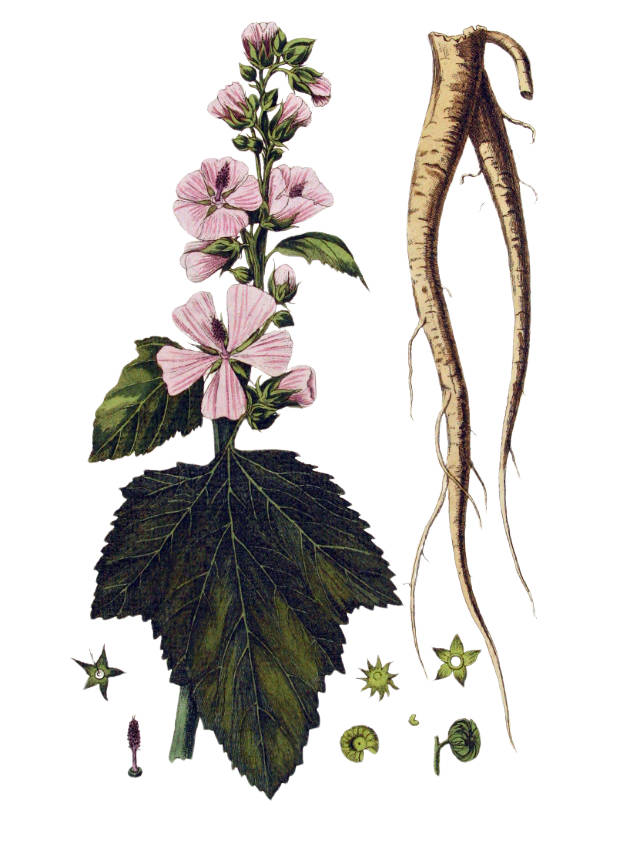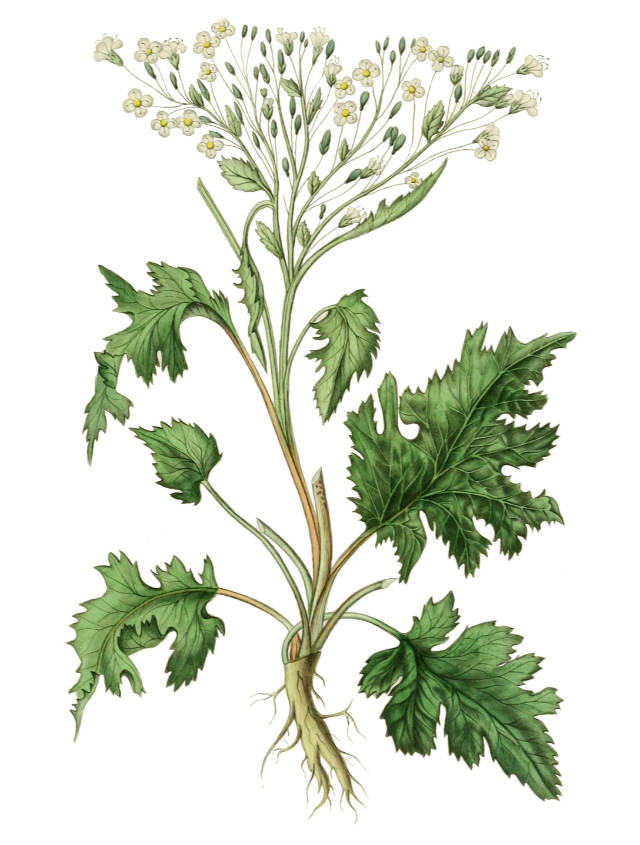Plant Salinity. Ever wonder how some plants look effortlessly green and vibrant in places where the soil seems more suited for a salt shaker than for growing? These botanical superheroes, known as halophytes, have some clever tricks up their leaves to survive and even thrive in salty conditions. Let’s dive into the salty world of halophytes and uncover how they deal with life in high-saline environments.
Understanding Salinity
First, saline conditions refer to environments with much salt in the soil or water. This can happen in coastal areas, where the ocean waves bring in salt, or in arid regions, where intense sunlight and heat evaporate water, leaving the salt behind. While too much salt can be a death sentence for many plants, halophytes have evolved to survive and flourish under these conditions.

How Do They Do It?
1. Salt Tolerance Mechanisms: Imagine having a room where you can dump all your clutter and close the door. Some halophytes do something similar with salt, storing it in cell parts called vacuoles or getting rid of it through salt glands. This way, they prevent the salt from causing havoc in their system.
2. Salt Exclusion: This is like having a bouncer at the door, only letting in the guests you want. Some plants are picky about what gets absorbed into their roots, effectively keeping the salt out or pushing it away if it gets in.
3. Salt Accumulation and Secretion: Halophytes are nature’s salt shakers. They gather salt in their tissues to balance the water with their salty surroundings. Then, they can shake off the excess through special salt glands.
4. Osmotic Adjustment: In a salty world, halophytes adjust their internal water balance by accumulating specific molecules like sugars and amino acids. This helps them retain water and stay hydrated, like drinking a sports drink to balance your body’s electrolytes.
5. Ion Selectivity: Just like you might prefer chocolate over broccoli, some plants prefer potassium over sodium. This selective diet helps them maintain a healthy balance of ions, essential for their growth and survival.
6. Root Morphology: Some halophytes have developed deep or specialized roots to reach fresh water buried deep beneath the salty surface. It’s like digging through a salty snack bag to find the one piece of fresh fruit at the bottom.
7. Symbiotic Relationships: Halophytes sometimes work with salt-loving microbes. These tiny allies help the plants get nutrients and manage salt levels, a perfect example of teamwork in nature.

Why Should We Care?
Halophytes are not just botanical curiosities; they’re key players in ecosystems and could be part of the solution to agricultural challenges in saline soils worldwide. Understanding how these plants manage salinity offers insights into creating more salt-tolerant crops and reclaiming saline soils for agriculture.
In essence, halophytes show us that thriving in challenging environments is not just possible but inevitable with the right strategies. So, next time you’re near a beach or a desert, take a moment to appreciate the resilient beauty of these salty survivors. They’re living proof that nature always finds a way.
Edible halophytes
Edible halophytes are fascinating plants that have adapted to thrive in salty conditions, and many of them are not just survivable but also quite nutritious and flavorful. Here are some examples of edible halophytes that might find their way into your kitchen:
- Salicornia (sea asparagus, samphire, or glasswort): This crunchy, salty green thrives in coastal salt marshes. It’s often used fresh in salads, pickled, or cooked as a vegetable, adding a distinct, salty flavour to dishes.
- Quinoa (Chenopodium quinoa): While not often considered a halophyte, quinoa is highly tolerant to saline soils. This superfood grain is packed with protein, vitamins, and minerals, making it a popular choice for health-conscious eaters.
- Sea beet (Beta vulgaris subsp. maritima): The wild ancestor of common beets, chard, and spinach, sea beet is a leafy green found in coastal regions. It’s versatile and can be used similarly to spinach, eaten raw in salads, or cooked.
- Sea kale (Crambe maritima): This perennial plant is found on the shores of Europe and Asia. Its young shoots, leaves, and flower buds can be cooked like asparagus or kale.
- Sea fennel (Crithmum maritimum): Also known as rock samphire, this aromatic herb grows on rocky sea cliffs. It has a crisp texture and a flavour reminiscent of fennel or celery. It’s used in salads, as a seasoning, or pickled.
- New Zealand spinach (Tetragonia tetragonioides): Though not a true spinach, this plant grows in saline coastal areas and has similar uses. It’s heat-tolerant and can be eaten raw or cooked, offering a spinach-like flavour.
- Glasswort (Salicornia europaea): Similar to Salicornia, glasswort is another name often used for plants in this genus. It’s edible, salty, and used in various culinary applications, from salads to garnishes.
- Marsh samphire (Salicornia europaea) is another term for Salicornia, emphasizing the diverse names under which this edible halophyte is known.

These plants offer unique flavours and nutritional benefits and represent sustainable food sources that can thrive in challenging environments. Incorporating halophytes into diets could contribute to food security and agricultural resilience in the face of soil salinization and climate change.
You may also be interested in Plant Habitat, Soils, and well-drained soils
